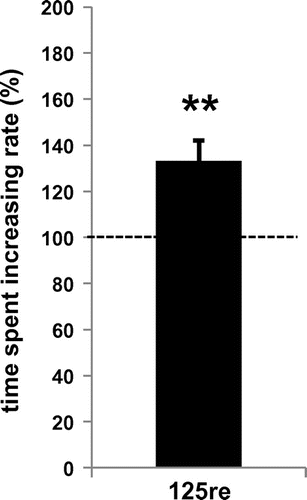Figures & data

Fig. 1. Fractionation scheme of arabushi sCO2 extract.
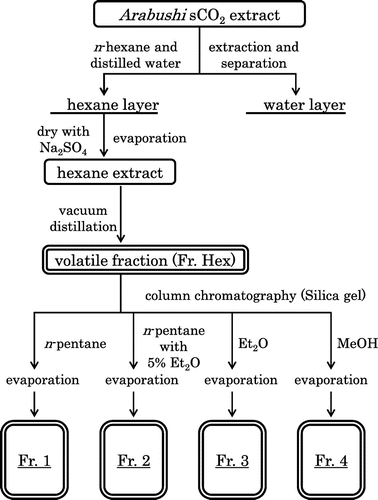
Table 1. Aromatic components of 125 reconstructed aromatic flavors (125re) and 28 reconstructed aromatic flavors (28re).
Fig. 2. Two-bottle choice test with solvent fraction of arabushi sCO2 extract.
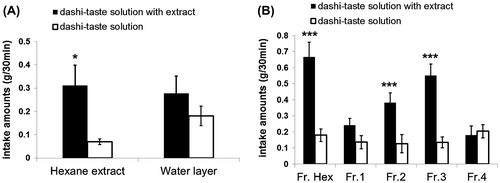
Fig. 3. Two-bottle choice test with GC–MS analysis of reconstructed aromatic flavor.
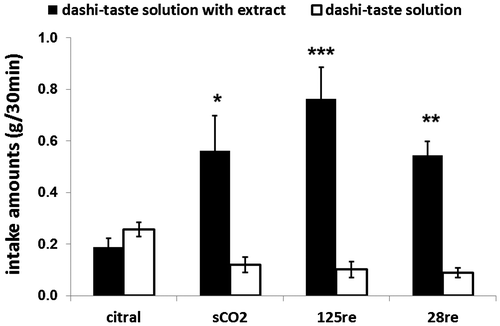
Fig. 4. CPP test flavored with arabushi sCO2 extract.
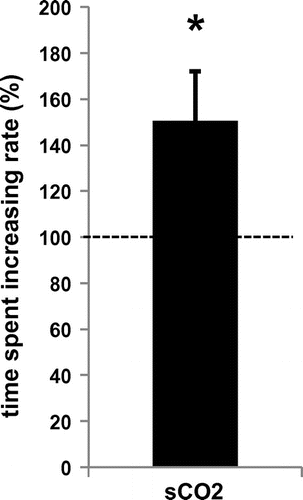
Fig. 5. CPP test flavored with 125 reconstructed aromatic flavor.
